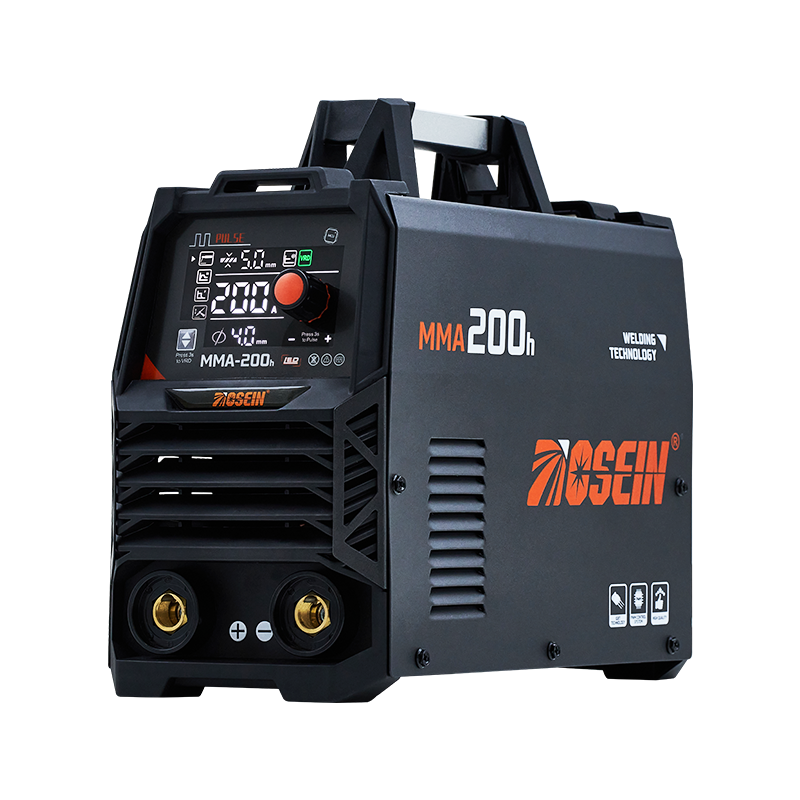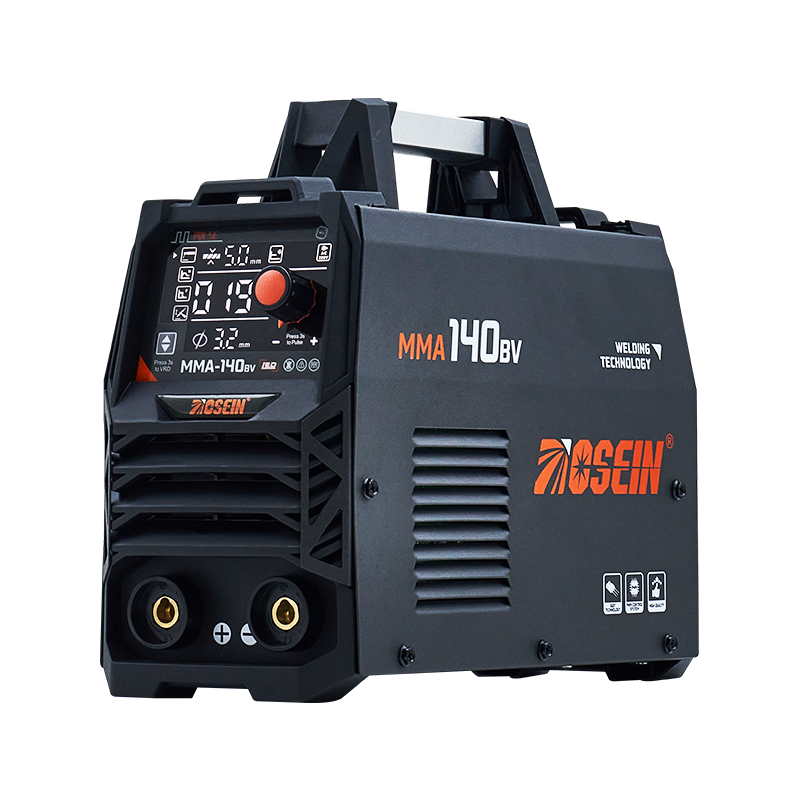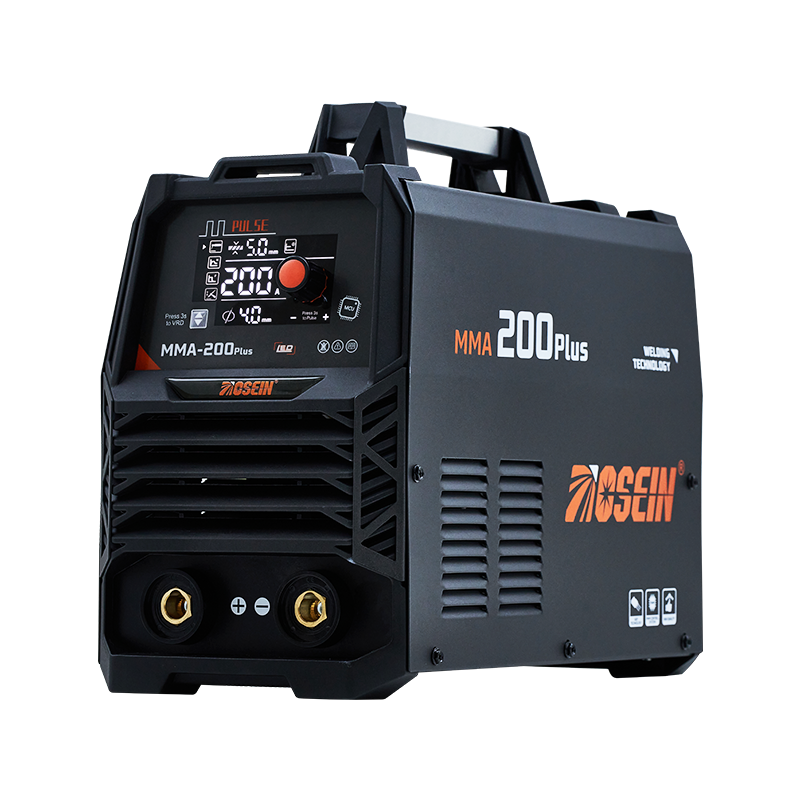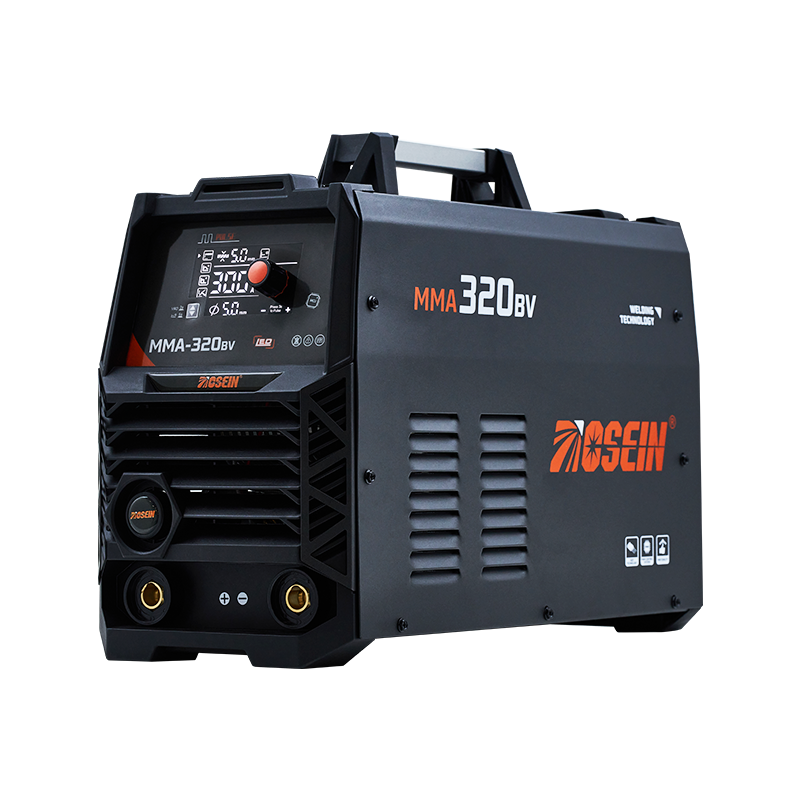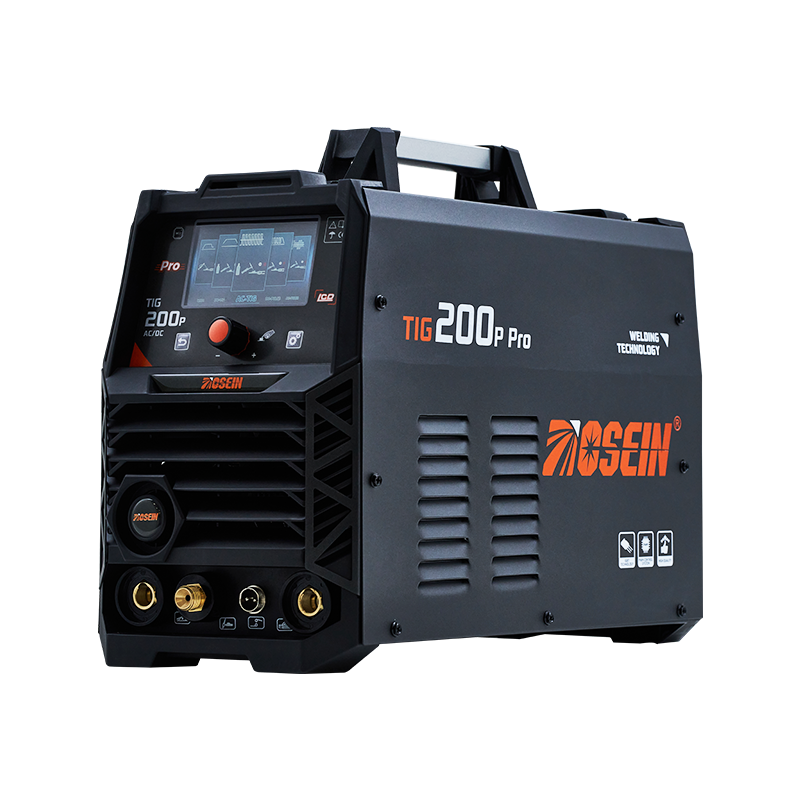
A Non-Touch Plasma Cutting Machine is an essential tool in modern metalworking, known for its precision and ability to cut through various metals without direct contact. By using a high-temperature plasma arc, it delivers clean and accurate cuts while minimizing material distortion. However, even advanced machines require regular maintenance to ensure consistent performance and longer service life. Proper care not only improves cutting results but also prevents costly repairs.
Understanding the Importance of Maintenance
Maintenance is more than just cleaning or replacing parts—it's about keeping the entire system in good working condition. A Non-Touch Plasma Cutting Machine operates under high temperatures and electrical currents, which can gradually wear down components. Regular inspections help identify issues early, reducing the risk of sudden breakdowns or safety hazards.
Consistent upkeep ensures that the cutting process remains stable, producing smooth edges and accurate results. Ignoring maintenance, on the other hand, can cause poor cuts, reduced power output, or damage to the torch and power supply.
Routine Cleaning and Inspection
Keeping the machine clean is the foundation of proper care. Dust, metal particles, and slag can build up around the torch and vents, restricting airflow and affecting performance. After each use, operators should:
- Wipe down the torch body and cable connections.
- Remove debris from the cutting table and surrounding area.
- Check for any loose connections or damaged insulation.
It's also important to inspect the torch head regularly. Even though a Non-Touch Plasma Cutting Machine doesn't require direct contact with the workpiece, the nozzle and electrode still experience heat and wear. Replacing worn parts in time ensures consistent plasma flow and stable cutting arcs.
Checking Gas and Air Supply
Clean and dry air or gas is vital for plasma cutting. Moisture or oil in the supply line can cause irregular arcs and reduce cut quality. Operators should regularly drain air compressors and check filters to prevent contamination.
Many Non-Touch Plasma Cutting Machines use compressed air as both the cutting gas and cooling medium. Maintaining the correct pressure and purity helps achieve smooth cuts and prolongs component life. Installing an air dryer or filter system is a practical way to protect the internal parts from corrosion or clogging.
Cable and Connection Care
Cables and connectors are often overlooked during maintenance. Over time, they can develop cracks or loosen due to heat and movement. Damaged cables may cause voltage drops or unstable arcs. Periodically checking all electrical connections, grounding points, and control lines helps maintain safety and performance.
When disconnecting or storing cables, avoid bending them sharply or placing heavy objects on them. Proper handling prevents unnecessary strain and extends their service life. This is especially important for portable Non-Touch Plasma Cutting Machine models used in workshop or field environments.
Software and System Calibration
Many modern plasma cutters include digital control systems or CNC interfaces. Over time, the software settings may need adjustments to maintain cutting precision. Regular calibration ensures that cutting speed, voltage, and current levels remain consistent.
Operators should also back up configuration files and update software when necessary. This helps avoid data loss and keeps the system compatible with new control features or materials.
Scheduled Professional Maintenance
In addition to daily checks, scheduling periodic professional servicing is recommended. Technicians can inspect internal components, test power supplies, and replace worn consumables more accurately. Some Non-Touch Plasma Cutting Machine suppliers also offer maintenance packages that include technical support and spare part replacement, ensuring the equipment continues running smoothly.
Regular professional inspection helps detect hidden problems before they cause downtime. Combining this with good daily care builds a reliable maintenance routine that supports long-term productivity.
A Non-Touch Plasma Cutting Machine can deliver consistent and efficient results when maintained properly. Routine cleaning, air system checks, cable inspection, and periodic calibration are key steps to keeping the machine in excellent condition. With careful attention to these details, operators can ensure safer operation, reduce repair costs, and extend the machine's lifespan—making every cut as precise and dependable as intended.
